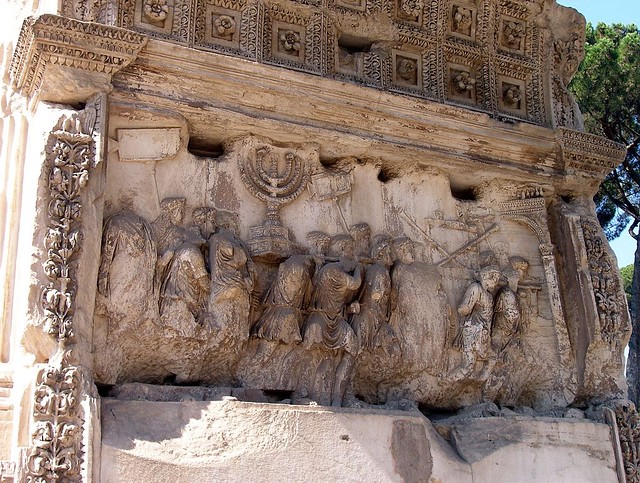


They were flat and thin, and were placed in two rows of six each on a table in the holy place before the Lord. This bread consisted of twelve loaves made of the finest flour. marg., "presence bread") 1 Chronicles 9:32 (marg., "bread of ordering") Numbers 4:7: called "hallowed bread" (R.V., "holy bread") in 1 Samuel 21:1-6. Then they were replaced by twelve new ones, the incense was burned, and they were eaten by the priests in the holy place, out of which they might not be removed, The title "bread of the face" seems to indicate that bread through which God is seen, that is, with the participation of which the seeing of God is bound up, or through the participation of which man attains the sight of God whence it follows that we have not to think of bread merely as such as the means of nourishing the bodily life, but as spiritual food as a means of appropriating and retaining that life which consists In seeing the face of God.Įaston's Bible DictionaryExodus 25:30 (R.V. Every Sabbath twelve newly baked loaves, representing the twelve tribes of Israel, were put on it in two rows, six in each, and sprinkled with incense, where they remained till the following Sabbath. See ( Exodus 25:23-30) for description of this table. literally "bread of the face" or "faces." Shew-bread was unleavened bread placed upon a table which stood in the sanctuary together with the seven-branched candlestick and the altar of incense. The last of the Flavian wished therefore to celebrate victories of his own.( Exodus 25:30 35:13 39:36) etc. Moreover, Domitian did not take part in the Jewish War as his father and brother, although he took part in the triumphal procession. Hence, his victories on the Chatti in Germany were much celebrated, including in his coins minted at Rome, in the provinces, and by various emissions of Agrippa II. In fact Domitian, contrary to the previous Flavian emperors, his father Vespasian and his brother Titus, had an agenda of his own in the West.

It seems on the contrary that the coins minted by Domitian in Rome, by Domitian’s administration of Judaea, and by Agrippa II in his kingdom, shows, on the main, a policy of reconciliation, and certainly not a policy of marked hostility towards Jews and Judaism. But was Domitian’s policy towards the Jews indeed marked by such a strong hostility? Does the numismatic output of the period reflect a specific attitude hostile to Jews and Judaism? The hostility that Domitian showed towards the Jews, as understood from a passage of Suetonius and a passage of Dio Cassius, albeit conserved in an excerpt of the Byzantine monk Xiphilinus, is not altogether reflected in the numismatic output of the last Flavian Emperor. According to most of the scholars Domitian’s attitude towards the Jews was one of hostility. I shall carefully analyze his own numismatic output in Rome, that of the Province of Judaea, and of course the output of Agrippa II. The main purpose of this article is to discuss Domitian’s attitude towards the Jews, using as the main tool of research the numismatic output of his reign. La conclusione è che il trionfo giudaico dei Flavi molto probabilmente ebbe luogo nella seconda metà/fine di giugno del 71 d.C. Il presente articolo mira a colmare tale lacuna, utilizzando tutte le fonti disponibili (letterarie e non) allo scopo di fornire una ricostruzione cronologica attendibile del ritorno di Tito dall’Oriente. Sebbene nel corso degli anni si sia accumulata una notevole bibliografia, non esiste alcuno studio che esamini in dettaglio la questione della data precisa di questo evento fondamentale. ********** Riassunto: Il trionfo de Iudaeis ebbe un impatto enorme nella Roma dei Flavi. The conclusion is that the Flavian triumphal procession over the Judaeans most likely took place in the second half/end of June 71 CE. The present article aims to fill this gap, using all the available sources (literary and non-literary) to provide a reliable chronological reconstruction of Titus’s return from the East. Whereas a considerable amount of bibliography has accumulated over the years, no study examines in detail the issue of the exact date of such a major event. Abstract: The triumph de Iudaeis had an enormous impact in Flavian Rome.


 0 kommentar(er)
0 kommentar(er)
